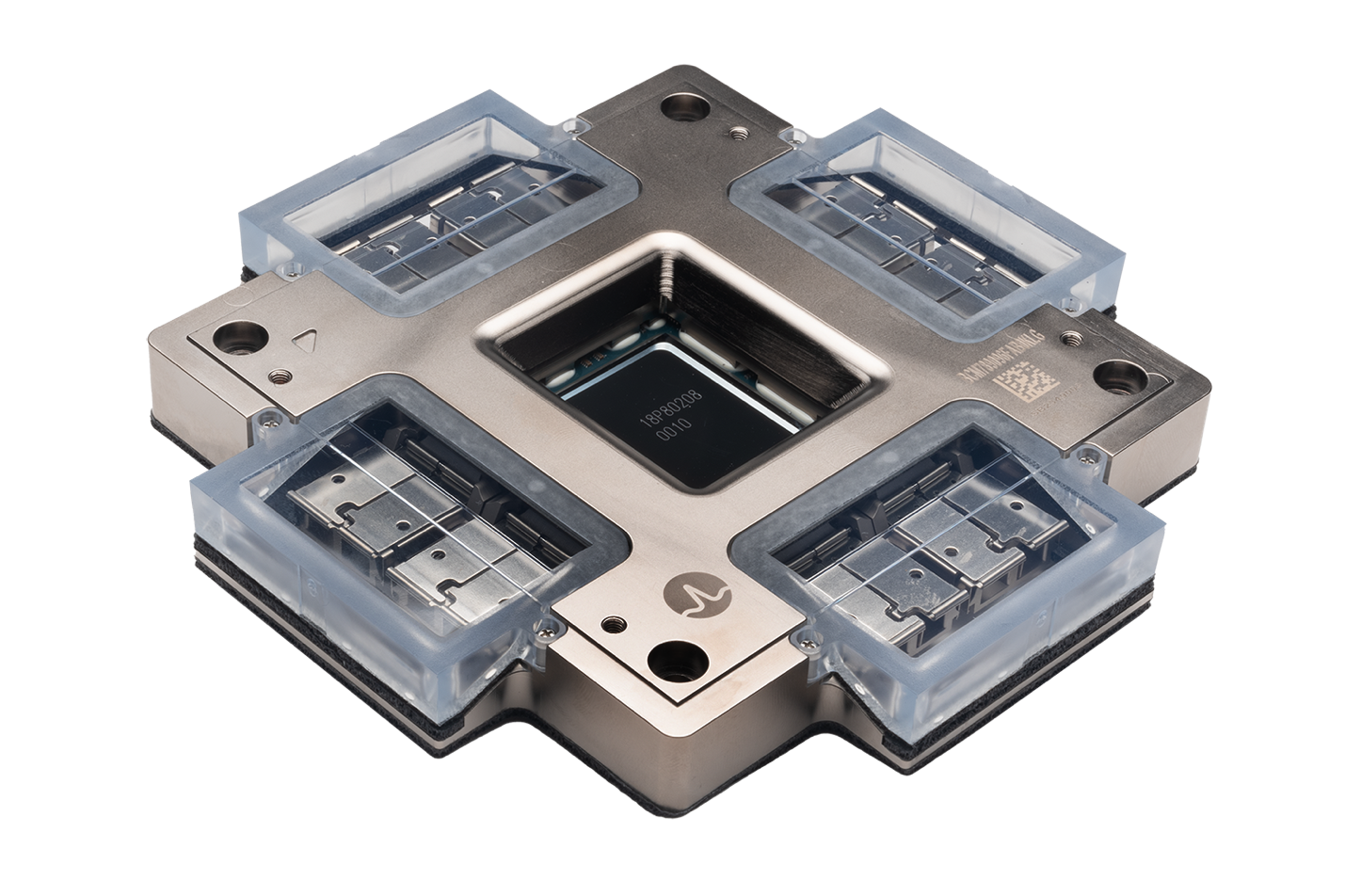In the fast-paced world of data transmission, the demand for higher speeds and greater efficiency is ever-growing. One of the...
In the fast-paced world of data transmission, the demand for higher speeds and greater efficiency is ever-growing. One of the standout technologies driving this advancement is PAM4 (Pulse Amplitude Modulation with 4 Levels). As a Product Manager specializing in fiber optic cabling, I can tell you that while PAM4 offers remarkable benefits in data rates, it also underscores the critical importance of using high-quality fiber optic cabling to maximize performance. Here’s a closer look at PAM4, its advantages, and why quality cabling is essential.
What is PAM4?
PAM4 stands for Pulse Amplitude Modulation with 4 Levels. This modulation scheme encodes data into signals using four distinct voltage levels, allowing it to transmit two bits of data per symbol rather than just one. This effectively doubles the data rate over the same bandwidth compared to traditional binary systems, making PAM4 a game-changer for high-speed communication.
Why PAM4?
PAM4 provides several key benefits:
Increased Data Rates: By transmitting two bits of data per symbol, PAM4 doubles the effective data rate. This is crucial for handling the growing data demands of modern networks and data centers without needing to expand bandwidth.
Efficient Use of Bandwidth: PAM4 achieves higher data rates within the same bandwidth, offering a more efficient solution for high-speed data transmission. This efficiency is vital for applications where expanding bandwidth is challenging or expensive.
Scalability: PAM4’s ability to support higher data rates makes it a scalable solution, accommodating increasing data demands and facilitating the evolution of data transmission technology.
The Role of Quality Fiber Optic Cabling
While PAM4 technology significantly boosts data rates, its performance relies heavily on the quality of the fiber optic cabling used to connect the hardware. Here’s why high-quality cabling is crucial:
Low Insertion Loss: To ensure PAM4 operates at its maximum throughput without errors, it’s essential to use fiber optic cabling with low insertion loss. This means that the cabling should minimally attenuate the signal, preserving the integrity of the high-speed data transmission.
Precision Fiber Core Alignment: At the mated pairs and interconnect points, precise fiber core alignment is critical. Any misalignment can lead to signal degradation and errors, which can negate the benefits of PAM4’s higher data rates. Quality cabling ensures that fiber cores are accurately aligned, maintaining optimal performance.
Error-Free Performance: High-quality cabling minimizes the risk of data errors by ensuring that signals are transmitted cleanly and accurately. This is particularly important for PAM4, where the increased complexity of the modulation scheme demands quality cabling to achieve reliable performance.
Challenges and Considerations
Despite its advantages, PAM4 comes with challenges:
Signal Integrity: Maintaining signal integrity is vital for PAM4’s performance. Advanced signal processing and error correction are necessary to handle the increased data rates and complexity. This challenge points out the importance of using high quality fiber optic assemblies for connectivity. Not doing so will degrade the signal integrity.
Power Consumption: PAM4 modulation can lead to higher power consumption, so balancing performance with energy efficiency is a key consideration.
Compatibility: Integrating PAM4 into existing systems may require updates to support the new modulation scheme, which can involve additional costs and technical adjustments.
The Future of PAM4
PAM4 represents a significant advancement in modulation technology, delivering higher data rates and efficient bandwidth use. As this technology continues to develop, the role of high-quality fiber optic cabling will be increasingly important in ensuring that PAM4’s benefits are fully realized. By investing in quality cabling, we can support the future of high-speed data transmission and meet the ever-growing demands of modern communication systems.
In conclusion, while PAM4 is transforming data transmission, the foundation of its success lies in the quality of the “layer one” fiber optic cabling used. High-quality cabling ensures that the enhanced data rates and efficiency of PAM4 are effectively utilized, driving innovation and performance in high-speed data applications. As always, Respect Layer One!
Recent Posts
Introduction: A New Chapter in Optical Connectivit
Low-loss fiber connectivity is essential for...
Starting a data center hardware upgrade is a...
Posts by Tag
- data center (12)
- Fiber Optic Cables (11)
- Cabling (7)
- NETWORKING (6)
- Structured Cabling (6)
- Fiber Optic Cabling (5)
- Fiber Cable (4)
- Networking Cables (4)
- Fiber Cables (3)
- Hardware Security (2)
- IT Infrastructure (2)
- Port Replication (2)
- Sustainability (2)
- AI (1)
- Brocade (1)
- Carbon Offsetting (1)
- Data Security (1)
- FCOE Works (1)
- ICLs (1)
- IT Equipment (1)
- IT Network (1)
- IT infrastructures (1)
- POE (1)
- Switches (1)
- Tapped Holes (1)
- data centers (1)
- hardware (1)
- infrastructure (1)
- storage (1)
- strategy (1)
Popular Posts
Why does the gauge matter in my network’s racks?...
High dB loss in fiber optic cabling...
Let’s look at the construction of fiber optic...








